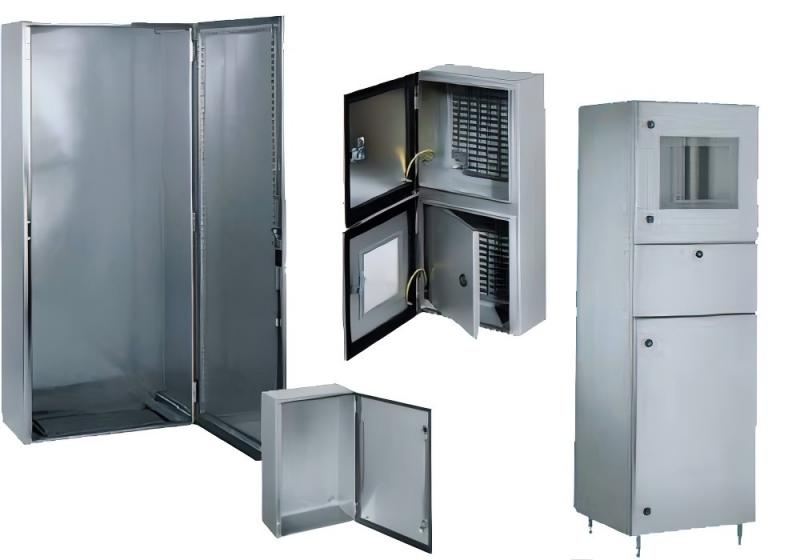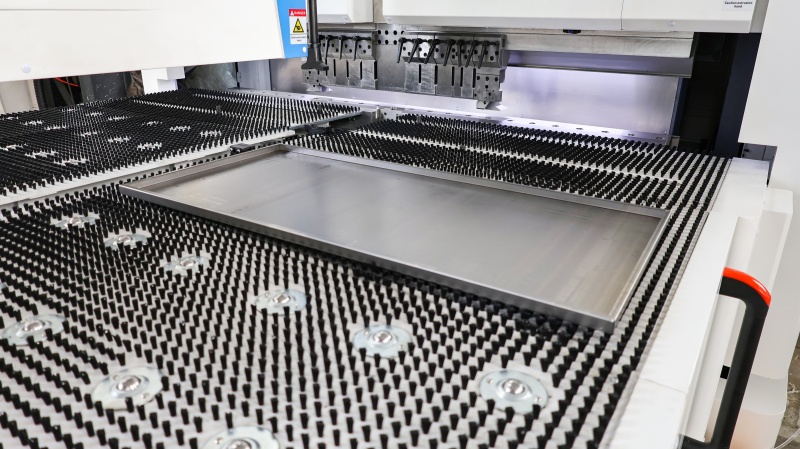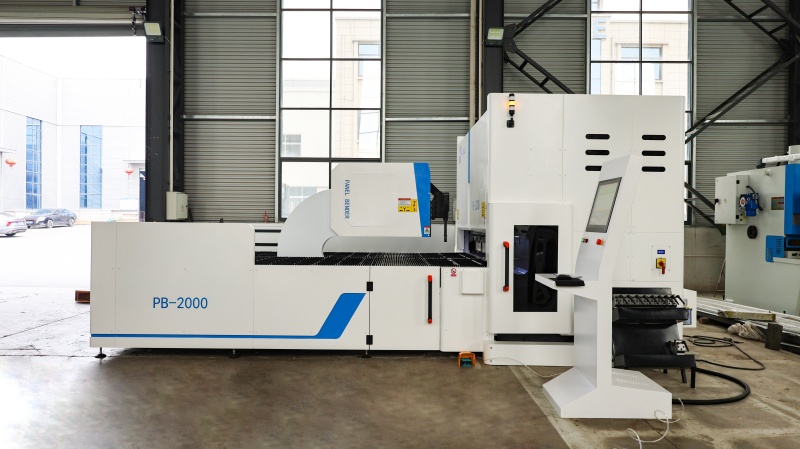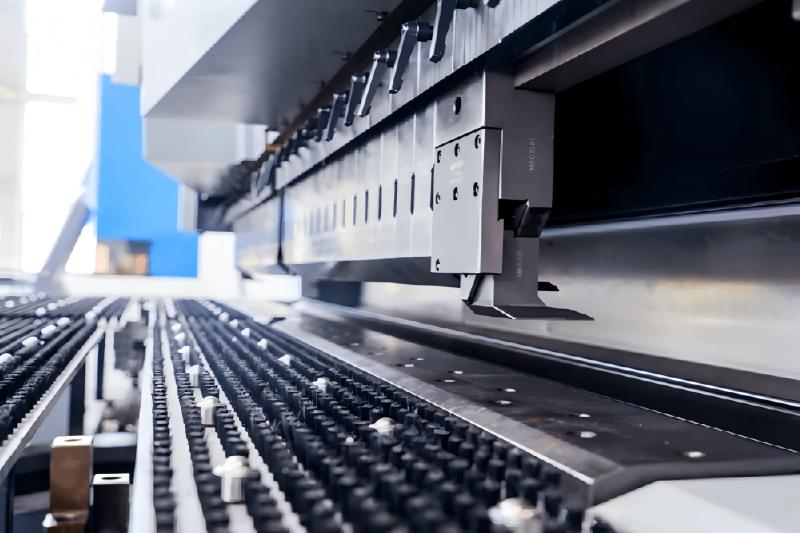Documentation Hub
Comprehensive technical manuals and guides to help you master HARSLE machines and optimize your metalworking efficiency
What Are the Benefits of a Panel Bender in Electrical Cabinets?
Panel Bender in Electrical Cabinets manufacturing is all about achieving precision, speed, and consistent quality. That’s why so many fabricators rely on this process to produce reliable and high-performing cabinets. In this article, I’ll walk you through the key benefits of using a panel bender for electrical cabinet production, explain how it enhances efficiency and accuracy, and share practical tips to help you maximize your equipment’s performance.
Why Use a Panel Bender in Electrical Cabinets Manufacturing

Panel benders are designed to automate and streamline the bending process of sheet metal parts used in electrical cabinets. By reducing manual handling and repetitive tasks, these machines ensure that every bend meets exact specifications. This not only improves product quality but also reduces production time and labor costs, making them ideal for high-volume cabinet fabrication.
Enhanced Accuracy and Repeatability
One of the primary reasons I recommend using a panel bender in electrical cabinets manufacturing is its superior accuracy. Modern panel benders use CNC-controlled systems to deliver precise and repeatable bends, even on complex or large panels. This level of consistency is essential for electrical cabinets where components must fit perfectly to ensure safety and functionality.
Increased Production Speed
Compared to traditional press brakes or manual bending methods, a panel bender significantly accelerates production. Its automatic tool adjustments and integrated bending sequences reduce setup times, allowing me to complete more cabinets in less time without sacrificing quality.
Reduced Labor Costs and Operator Fatigue

Because the panel bender automates much of the bending process, it minimizes the need for skilled operators to manually adjust and handle materials. This not only cuts down on labor costs but also reduces the risk of injury and operator fatigue, creating a safer, more efficient work environment.
How to Maximize the Benefits of a Panel Bender in Electrical Cabinets
While the advantages are clear, it’s important to follow best practices to get the most out of your machine. Here are some steps I take:
Step 1: Preparing the Work Area

Before starting, I always ensure that the work area is clean and organized. Electrical cabinet panels are often large, so having sufficient space helps avoid accidental damage and ensures smooth material flow into the machine.
Step 2: Setting Up the Panel Bender Correctly
I follow the manufacturer’s guidelines to install and calibrate the panel bender. This includes checking the backgauge system, aligning the tooling, and verifying the machine’s leveling. A properly set up machine guarantees accurate bends and minimizes downtime.
Step 3: Selecting the Right Tooling for Cabinet Components

Different cabinet designs may require different tooling setups. By selecting the correct tools and dies, I ensure that each panel meets the design requirements without unnecessary rework.
Step 4: Regular Maintenance for Long-Term Performance
Routine maintenance is key. I perform inspections, clean moving parts, and lubricate the system regularly. This preventive approach keeps the panel bender running smoothly and extends its lifespan.
FAQs
How does a Panel Bender in Electrical Cabinets improve product quality?
By delivering consistent, CNC-controlled bends with minimal manual intervention, the panel bender ensures uniformity and precision, which is critical for electrical cabinet assembly.
What is the best way to calibrate my panel bender for electrical cabinets?
First, verify that the machine is level and the backgauge system is aligned. Then use a digital angle gauge to measure and adjust the bend angles according to your specifications.
How often should I maintain my panel bender?
I recommend performing a routine inspection and maintenance every 500 hours of operation. This includes cleaning, lubrication, and checking for wear on key components.
Can a panel bender handle custom electrical cabinet designs?
Yes. Modern panel benders are flexible and can be programmed to handle different panel shapes and bend sequences, making them suitable for both standard and custom cabinet production.
Conclusion
Using a Panel Bender in Electrical Cabinets production offers clear advantages: higher accuracy, faster production, lower labor costs, and improved safety. By preparing your workspace, setting up the machine correctly, choosing the right tooling, and maintaining it regularly, you can maximize these benefits and produce electrical cabinets of exceptional quality and consistency. If you’d like more information or tailored advice on choosing the right panel bender for your production line, feel free to reach out to our team—we’re always here to help.













